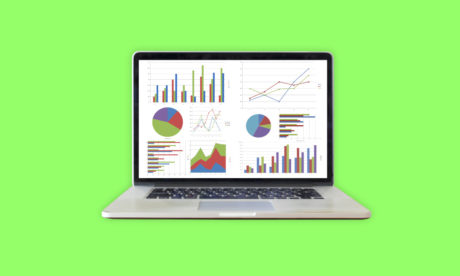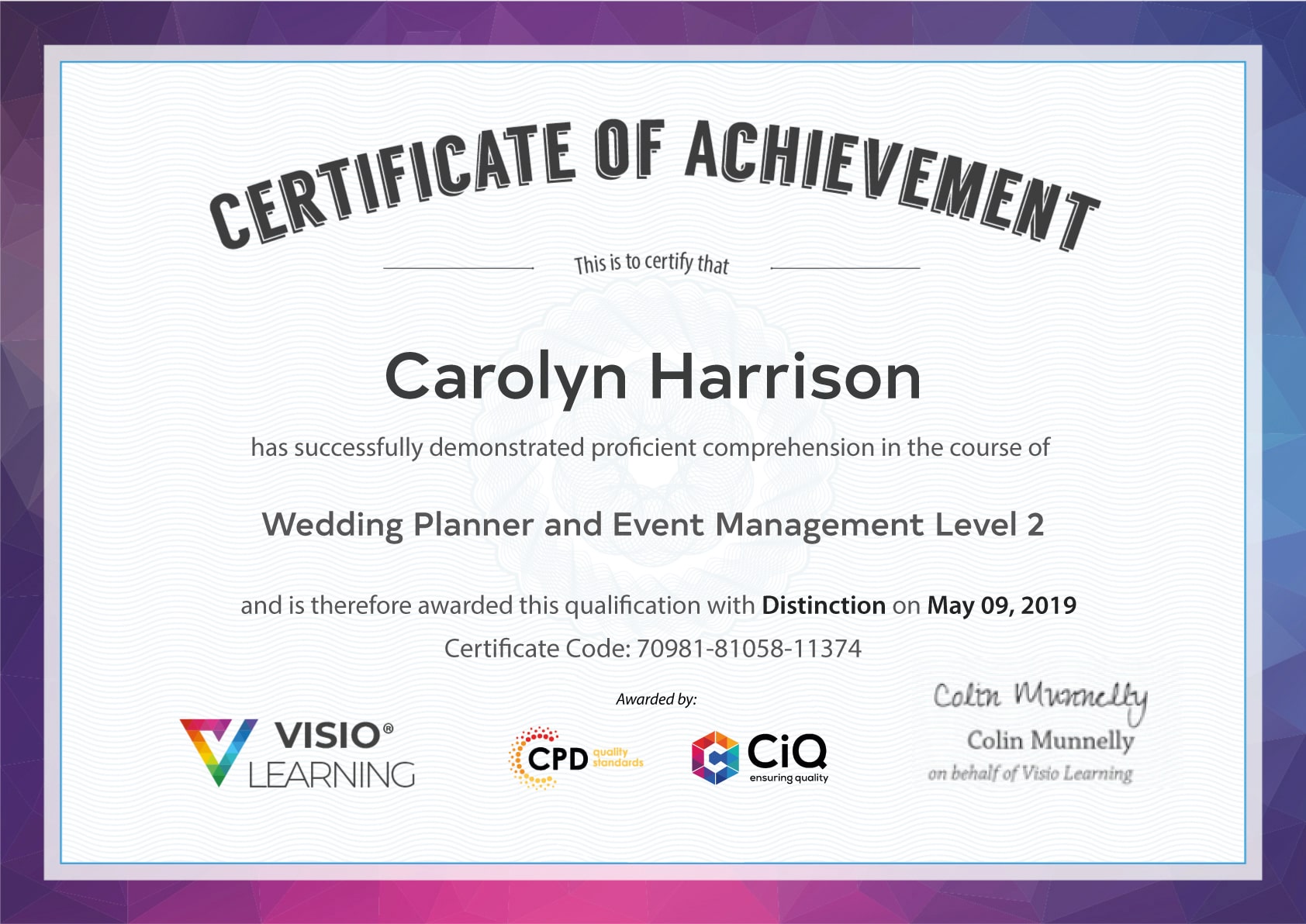Course Curriculum
| Unit 01: Introduction | |||
| 1.1 Introduction to Project Management | 00:04:00 | ||
| 1.2 6 Pathways of Project Management | 00:03:00 | ||
| 1.3 Course Structure: Simplified Framework | 00:01:00 | ||
| 1.4 System Thinking | 00:01:00 | ||
| 1.5 Project Timeline | 00:01:00 | ||
| 1.6 Pyramid Project | 00:03:00 | ||
| Unit 02: Project Management Framework | |||
| 2.1 Project | 00:02:00 | ||
| 2.2 Project Management | 00:01:00 | ||
| 2.3 The Matrix Environment | 00:04:00 | ||
| 2.4 Enterprise Environmental Factors and Organisational Process Assets | 00:01:00 | ||
| 2.5 Project Constraints | 00:01:00 | ||
| 2.6 Process Groups | 00:03:00 | ||
| 2.7 Integration Management | 00:02:00 | ||
| 2.8 Stakeholder Management | 00:01:00 | ||
| 2.9 Scope Management | 00:01:00 | ||
| 2.10 Schedule Management | 00:01:00 | ||
| 2.11 Cost, HR, Quality and Risk Management | 00:02:00 | ||
| 2.12 Communication and Procurement Management | 00:01:00 | ||
| 2.13 Knowledge Areas and Process Groups | 00:01:00 | ||
| Unit 03: Integration Management | |||
| 3.1 Develop Project Charter | 00:05:00 | ||
| 3.2 Project Charter Template | 00:06:00 | ||
| 3.3 Timeline View of Project Documents | 00:01:00 | ||
| Unit 04: Stakeholder Management | |||
| 4.1 Identify Stakeholders | 00:04:00 | ||
| 4.2 Stakeholder Register Template | 00:01:00 | ||
| 4.3 Timeline View of Project Documents | 00:04:00 | ||
| Unit 05: Project Scope Management | |||
| 5.1 Project Scope | 00:04:00 | ||
| 5.2 Collect Requirements | 00:02:00 | ||
| 5.3 Define Project Scope | 00:01:00 | ||
| 5.4 Create WBS: Work Breakdown Structure | 00:03:00 | ||
| 5.5 Project Scope Baseline | 00:06:00 | ||
| 5.6 Timeline View of Project Documents | 00:01:00 | ||
| 5.7 Microsoft Project | 00:02:00 | ||
| 5.8 MS Project – User Interface Explained | 00:03:00 | ||
| 5.9 MS Project – Entering Scope Items | 00:06:00 | ||
| Unit 06: Schedule Management | |||
| 6.1 Define Activities | 00:04:00 | ||
| 6.2 Sequence Activities | 00:02:00 | ||
| 6.3 Estimating Activity Durations | 00:02:00 | ||
| 6.4 Develop Schedule Process | 00:01:00 | ||
| 6.5 Critical Path Method | 00:03:00 | ||
| 6.6 Compressing Schedule : Crashing and Fast-tracking | 00:03:00 | ||
| 6.7 Timeline View of Project Documents | 00:01:00 | ||
| 6.8 Microsoft Project – Entering Activities and Duration | 00:03:00 | ||
| 6.9 Microsoft Project – Sequencing Activities & Creating Gantt Chart | 00:07:00 | ||
| 6.10 Microsoft Project – The Project Schedule | 00:06:00 | ||
| Unit 07: How Much/Many of the Project | |||
| 7.1 Estimated Costs | 00:03:00 | ||
| 7.2 Determined Budget | 00:01:00 | ||
| 7.3 Timeline View of Project Documents | 00:01:00 | ||
| 7.4 Estimate Activity Resources | 00:02:00 | ||
| 7.5 Timeline View of Project Documents | 00:01:00 | ||
| 7.6 Plan Quality | 00:04:00 | ||
| 7.7 Timeline View of Project Documents | 00:01:00 | ||
| 7.8 Introduction to Risks | 00:03:00 | ||
| 7.9 Identify Risks | 00:02:00 | ||
| 7.10 Perform Qualitative Risk Analysis | 00:04:00 | ||
| 7.11 Perform Quantitative Risk Analysis | 00:01:00 | ||
| 7.12 Plan Risk Responses | 00:02:00 | ||
| 7.13 Timeline View of Project Documents | 00:01:00 | ||
| Unit 08: Where in the Project | |||
| 8.1 Plan Communication | 00:02:00 | ||
| 8.2 Timeline View of Project Documents | 00:01:00 | ||
| 8.3 Plan Procurement | 00:02:00 | ||
| 8.4 Timeline View of Project Documents | 00:01:00 | ||
| Unit 09: How Things are Done on a Project? | |||
| 9.1 HOW are things done on the project | 00:06:00 | ||
| 9.2 Develop Project Management Plan | 00:01:00 | ||
| 9.3 Individual Management Plans | 00:04:00 | ||
| 9.4 Timeline View of Project Documents | 00:01:00 | ||
| 9.5 Timeline View of Project Documents-2 | 00:01:00 | ||
| 9.6 Direct and Manage Project Work | 00:03:00 | ||
| 9.7 Timeline View of Project Documents | 00:01:00 | ||
| 9.8 Manage Project Knowledge | 00:02:00 | ||
| 9.9 Timeline View of Project Documents | 00:01:00 | ||
| 9.10 Monitor and Control Project Work | 00:02:00 | ||
| 9.11 Timeline View of Project Documents | 00:01:00 | ||
| 9.12 Perform Integrated Change Control | 00:04:00 | ||
| 9.13 Steps to perform Change Control | 00:05:00 | ||
| 9.14 Timeline View of Project Documents | 00:01:00 | ||
| 9.15 Budget at Completion: BAC | 00:05:00 | ||
| 9.16 Planned Value: PV | 00:02:00 | ||
| 9.17 Earned Value: EV | 00:02:00 | ||
| 9.18 Schedule Variance (SV) & Schedule Performance Index (SPI) | 00:02:00 | ||
| 9.19 Actual Cost(AC), Cost Variance and Cost Performance Index | 00:03:00 | ||
| 9.20 Budget Forecasting – Estimate at & to completion | 00:06:00 | ||
| 9.21 Close Project or Phase | 00:03:00 | ||
| 9.22 Timeline View of Project Documents | 00:01:00 | ||
| Resources – Project Management Training | 00:00:00 | ||
Course Reviews
[elementor-template id='289348']










